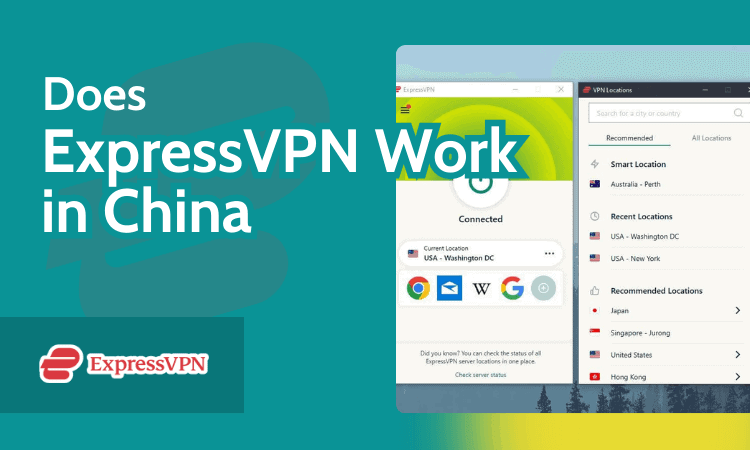Business Process Management (BPM) is a structured approach to managing and optimizing business processes. The goal of BPM is to enhance productivity and overall business performance by improving the efficiency of existing processes. BPM is often confused with other similar initiatives like business process reengineering (BPR), task management, project management, and enterprise resource planning (ERP).
BPM focuses on optimizing the organization’s existing, repeatable processes from end to end. It employs structured processes, appropriate technologies, and collaboration among team members to streamline workflows, enhance productivity, and consistently deliver value to stakeholders. Successful implementation of BPM tools can lead to increased customer satisfaction, competitive advantage, and improved business outcomes.
There are three main types of BPM:
1. Integration-centric BPM: focuses on connecting different systems and software to streamline processes and improve data flow across the organization.
2. Human-centric BPM: centers around human involvement and aims to design intuitive processes to enhance productivity and collaboration among employees.
3. Document-centric BPM: focuses on efficiently managing documents and content within processes, such as contracts.
Examples of BPM in action include:
1. Business Strategy: aligning business processes with organizational goals and objectives to remain competitive.
2. Claims Management: standardizing and optimizing the claims process to reduce processing times and errors.
3. Compliance and Risk Management: automating routine tasks to ensure compliance with regulations and policies.
4. Contract Management: accelerating contract turnaround times and reducing administrative work.
5. Customer Service: automating service request handling and improving customer experience.
6. Financial Management: streamlining financial processes and ensuring accuracy.
7. Human Resources: implementing standardized HR workflows to enhance the employee experience.
8. Logistics Management: automating processes within the supply chain to improve efficiency.
9. Order Management: automating order processing, tracking, and fulfillment.
10. Procurement Management: digital transformation and automation of procurement processes.
11. Product Lifecycle Management: digitizing and automating processes from product design to retirement.
12. Project Management: using BPM tools to improve project management processes by assigning tasks, tracking progress, and allocating resources.
Overall, BPM is a valuable tool for organizations looking to optimize their processes, enhance productivity, and achieve their business objectives.
Source link












![The 15 Best Python Courses Online in 2024 [Free + Paid]](https://news.pourover.ai/wp-content/themes/jnews/assets/img/jeg-empty.png)










